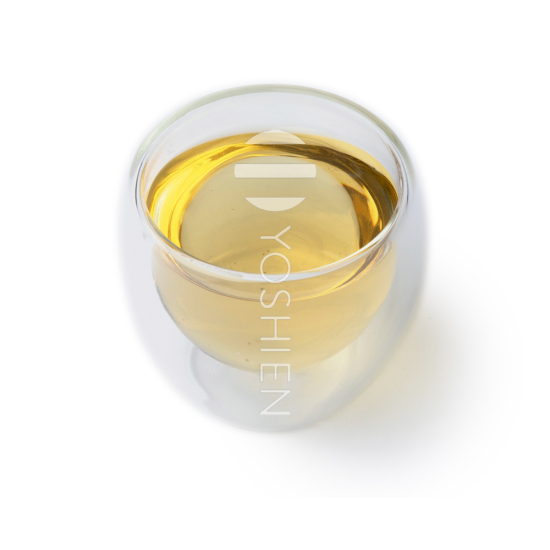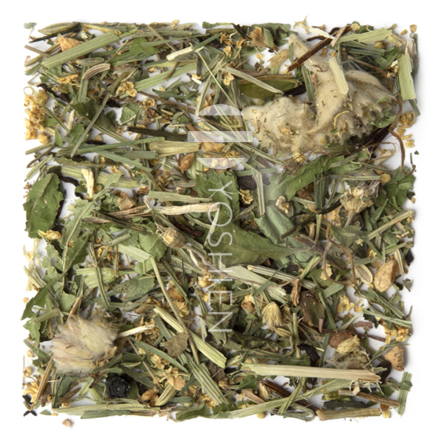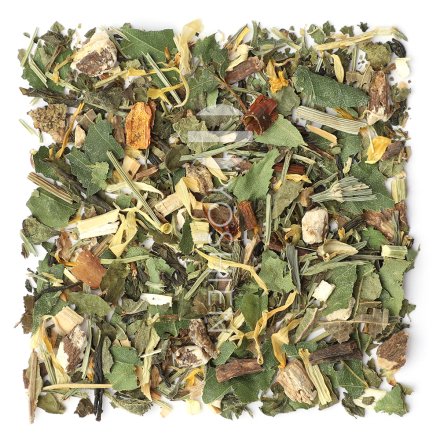Camellia sinensis (Tea)
Tea, derived from the Camellia sinensis plant, is traditionally grown as a shrub. The ample sunlight in tea cultivation regions enhances the concentration of valuable compounds within its evergreen leaves, making tea a popular beverage cherished the world over. Green tea, in particular, boasts abundant quantities of catechins, chlorophyll, amino acids, organic acids and vitamins.
Green Oat
Belonging to the Poaceae family, oat (Avena L.) is an annual grass which traces its origins back to the Middle East. Similar to numerous other cereal crops, it has been domesticated. Green oats come from premature oat plants, harvested before reaching full bloom. At this stage, oat is alkaline and contains an abundance of phytonutrients.
Raspberry Leaf
The raspberry (Rubus idaeus L.) is an agricultural crop with a rich history dating back at least 2000 years to the Greeks and Romans – archaeological evidence even suggests that both the fruits and leaves were used as far back as the Stone Age. Monks and herbalist priests of the Middle Ages also cultivated raspberries in their monastery gardens. Renowned for its delicious fruits, the plant's leaves are also used in traditional herbalism for tea. The raspberry plant belongs to the rose family and thrives in forest clearings or clear-cuts up to 2000m above the timberline in the boreal zones of the northern hemisphere.
Goldenrod
Goldenrod (Solidaginis virgaureae) is an agricultural crop which has been recognised for its various uses for centuries. The introduction of goldenrod to Europe took place in the 17th century, and since then, it has thrived as an invasive neophyte in the sparse forests and dry woodland meadows of Europe and North America. This medicinal plant, which announces the end of summer with its vibrant yellow flowers, can also be used as a natural dye.
Lady's Mantle
Lady's mantle (Alchemilla), a member of the Rosaceae family, is predominantly found in Europe, Asia and Africa, especially at high altitudes. In Europe alone, there are approximately 300 species of this plant. The name Alchemilla alludes to its almost magical properties: the water droplets which form on the inside of its leaves have been used as a household remedy since ancient times.
Birch Leaf
The silver birch tree (Betula pendula), a member of the birch family (Betulaceae), is one of approximately 40 birch species found across Central Europe, Asia and America. The silver birch, the most prevalent variety in Europe, has distinctive black and white bark and holds a rich heritage in traditional practices, as both its leaves and bark have been long employed for both internal and external applications.
Dandelion
The dandelion (Taraxacum officinale) is a resilient perennial herb native to the entire northern hemisphere. It exhibits remarkable adaptability, thriving in diverse habitats at altitudes of up to 2800m above sea level such as meadows, forests and even urban environments, where it can be found in such unlikely areas as cracks in the pavement. The dandelion can grow up to 10cm tall and is characterised by its distinctively white sap present in all parts of the plant. Although references to the dandelion date back to the 11th century in Persia, it wasn't until the 16th century that it was mentioned in European herbal lore.
Juniper
Juniper (Juniperus communis) is indigenous to the Alps and Central to Northern Europe but has spread across the entire Holarctic region. The ancient Egyptians recognised the unique properties of juniper as early as 16th century BC. This versatile plant acts as a vital food source for numerous species of butterfly, and the berry-like cones, which require up to 3 years to fully mature, have found their way into kitchens worldwide. The wood and young tips of the shrub are also valued for their oil and for their use in tinctures.
Elecampane
Elecampane (Inula helenium L.) is a striking plant with vibrant yellow flowers. While it originates in Anatolia, today it is successfully cultivated in Spain, the Netherlands and the Balkans. Throughout history, the aromatic root of elecampane has found versatile uses in the culinary world and as an incense.
Gentian
When most people think of gentian, they think of blue gentian flowers. Food supplements, however, use the root of the great yellow gentian (Gentiana lutea L.). It contains many bitter glycosides and, consequently, has an extremely bitter value of at least 10,000.



















